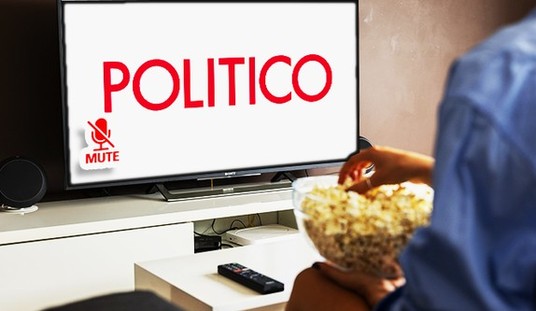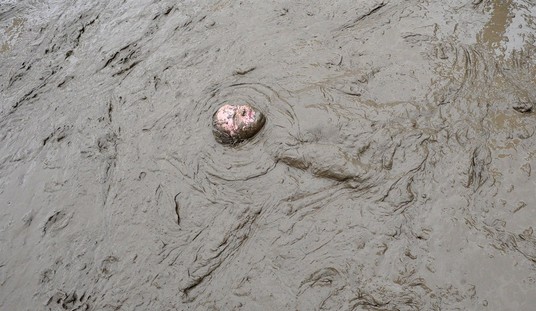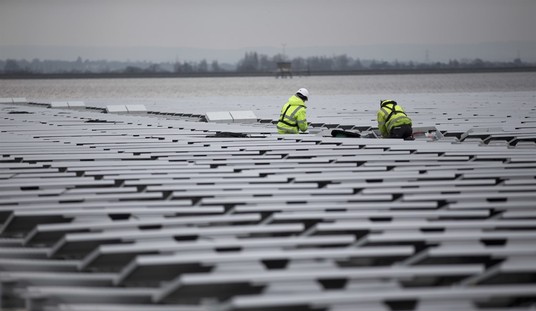“John Wick: Chapter 4” has been doing gangbusters since its opening weekend, annihilating every other movie, including DC’s latest superhero offering “Shazam 2,” and according to the stats, it’s good old toxic masculinity that’s taking it to the top.
According to The Hollywood Reporter, the primary driving force for Wick’s success is men, who have been flocking to the theaters to see the film:
John Wick 4‘s performance was fueled by males, who made up nearly 70 percent of ticket buyers, while more than 55 percent of the audience was between ages 18-34, according to PostTrak. And the movie accounted for more than 60 percent of all foot traffic, per EntTelligence.
Imax and premium large-format screens delivered a whopping 38 percent of the gross.
Clearly, women are also excited to watch the film as well, and it’s no wonder. The film doesn’t contain emasculated men talking about their feelings through tears or getting one-upped by female costars that are half their body weight and speed. It’s competent men in combat.
The film’s success is so unquestionable that Lionsgate is floating the idea of a 5th installment despite the fact that the fourth entry wraps up Wick’s story quite well. As of Tuesday, THR reported that the film has raked in over $141 million box office from both domestic and global markets.
With rave reviews and high marks accompanying the film from critics and audiences alike, the cash probably isn’t going to stop flowing anytime soon.
(READ: ‘John Wick: Chapter 4’ Is a Brilliant Action Film Worth Every Penny)
Meanwhile, the feminism that has corrupted Disney movies has weighed down Marvel’s latest outing to the point where it may have helped lead to the firing of one of Marvel’s biggest execs, Victoria Alonso. Moreover, its failure caused Disney CEO Bob Iger to signal cutting back on Marvel Franchise films. Despite its release back in late February, the film has only accumulated nearly $470 million.
While “superhero fatigue” may very well play a part in Marvel’s descent into irrelevancy, patterns are showing that the more preachy and idealistic a franchise becomes, the fewer people will want to see it. The legendary success of “Top Gun: Maverick” is a testament to this, as it achieved legendary box office status while Disney movies, in general, continued to disappoint or struggle to achieve expectations.
While “Maverick” never engaged in depowering male characters in order to allow female characters to seem more powerful, Disney movies seemed to sneer at the idea of powerful men and even chucked in some social justice messaging for good measure. Parents weren’t having it, but everyone was good with fighter jets and good ol’ masculinity.
In fact, many franchises were ruined by message-first writing, damaging their franchises irreparably. This includes the Terminator franchise, Wonder Woman, and Star Wars.
At this point, it’s pretty clear that men make up a very solid portion of the movie-going audience, and pushing them away with insults, emasculation, and dismissal during press tours is clearly harmful to the movie’s financials. Making something that appeals to men also seems to have the effect of appealing to women as well.
As I mentioned earlier, men and women alike loved seeing action scenes filled with masculine men, but every masculine man in that film had something feminine to fight for. Wick fought for the memory of his wife, while characters like Caine and Shimazu fought for their daughters. Fighting for something and being fought for is a sentiment that appeals to both sides of the coin respectively and makes for an engaging and engrossing story.
Emasculating and reducing men apparently does the opposite, as we can see from the new Dungeons and Dragons film, which admitted to doing so to its male characters intentionally and is struggling to make good box office predictions.
The bottom line: Empowering men attracts audiences and makes money. There’s no doubting it now.














Join the conversation as a VIP Member